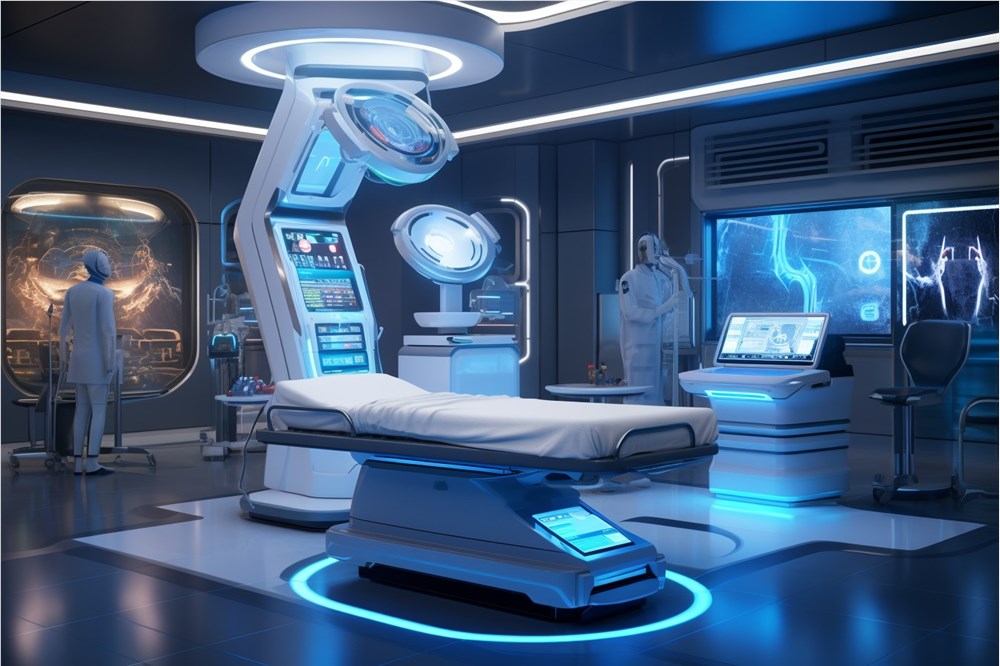National Taiwan University Hospital is actively embracing artificial intelligence healthcare in an effort to revolutionize medical services. By introducing NVIDIA supercomputers, the hospital is committed to developing intelligent medical applications based on multiple types of data, which marks another major breakthrough for the hospital in the field of AI medical care. This move is not an isolated case. National Taiwan University Hospital has begun to deploy an AI supercomputing platform as early as 2020, and has achieved remarkable results in many fields such as ICD-10 automatic coding and automatic generation of health examination reports.
National Taiwan University Hospital is opening a new chapter in medical artificial intelligence. By introducing two NVIDIA supercomputers, the hospital is promoting the research and development of multi-data types of smart medical applications on a large scale.
This is not the first time the hospital has collaborated with NVIDIA. As early as 2020, National Taiwan University Hospital began to deploy an AI supercomputing platform and has achieved significant breakthroughs in multiple medical fields. Currently, the hospital's smart medical center has developed a number of disruptive AI applications, including ICD-10 automatic coding, automatic generation of health examination reports, telemedicine consultation transcription, emergency voice recording reports, and key point extraction from pathology reports.

Image source note: The image is generated by AI, and the image authorization service provider Midjourney
With the introduction of this new generation of supercomputers, the hospital plans to further expand the application of multi-modal large language models, aiming to optimize operational processes and improve patient service quality. Hospital IT offices have begun to apply large language models to medical record summarization, report generation, unstructured data mining, and medical question answering, and have seamlessly integrated these models into the hospital's medical information system.
In addition to word processing, National Taiwan University Hospital has also developed a VR surgical training platform called OpVerse, demonstrating its forward-looking layout in medical technology innovation.
It is worth noting that other local technology giants in Taiwan are also accelerating the construction of AI infrastructure. Foxconn is working with NVIDIA to build Taiwan's fastest AI supercomputer, which is expected to have a performance of more than 90 exaflops and is expected to support cancer research and large language model development. Fulian Technology also recently built its first supercomputing center and claims to have the highest computing power in Taiwan so far.
The international medical field has also set off a wave of AI innovation. Singapore's SingHealth and the National University Health System have begun using supercomputers to accelerate the development of AI applications, including generative AI-based chatbots and digital twins for disease outbreak monitoring.
This series of developments clearly outlines the future picture of the medical industry: intelligent, precise and efficient. By integrating advanced computing technology and medical expertise, we are witnessing a quiet but profound revolution in healthcare.
The AI medical exploration of National Taiwan University Hospital, as well as similar efforts by medical institutions in other regions, together indicate that future medical care will be more intelligent, precise and efficient, bringing better medical services to patients. This medical revolution is changing the face of the medical industry with a quiet but unstoppable force.